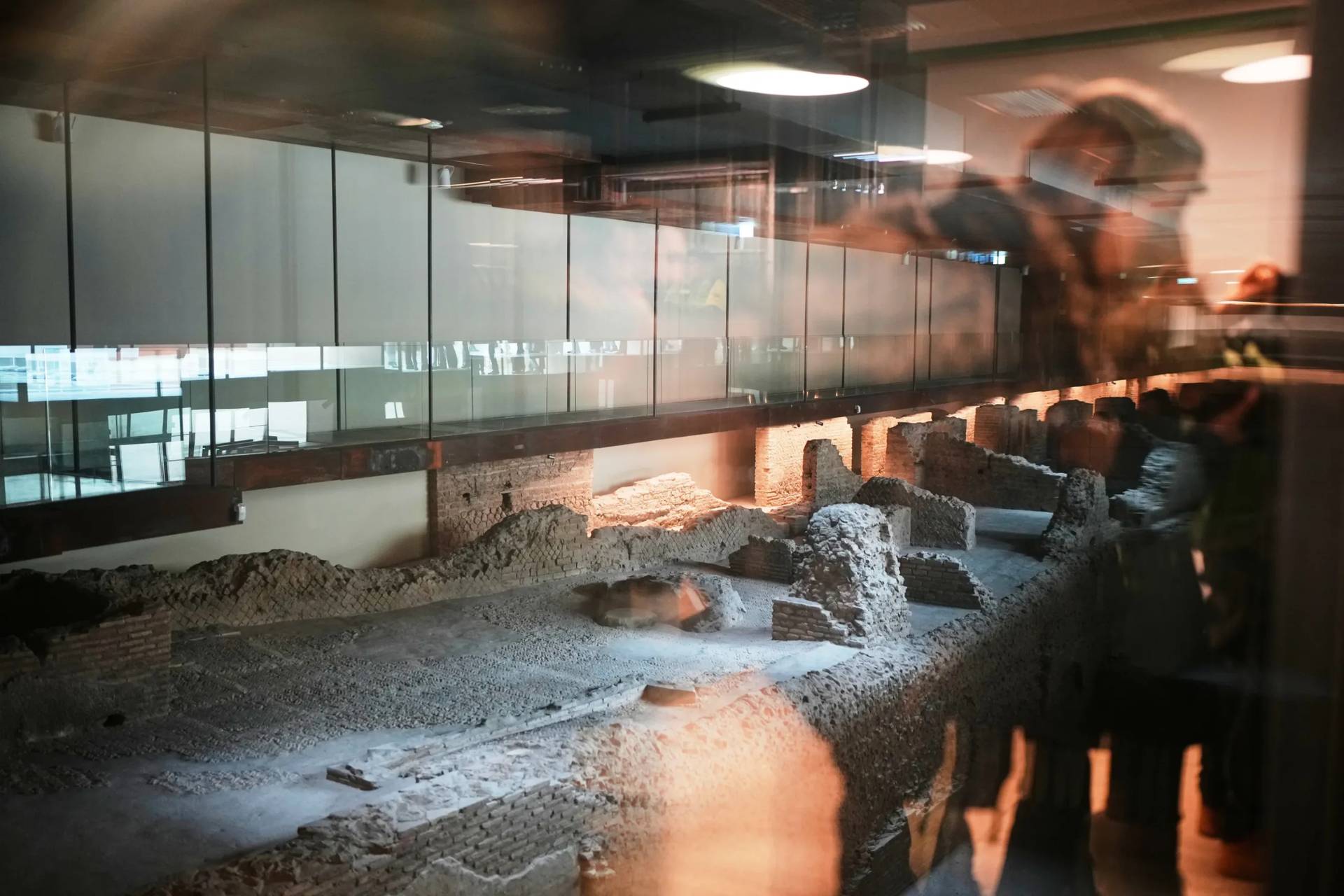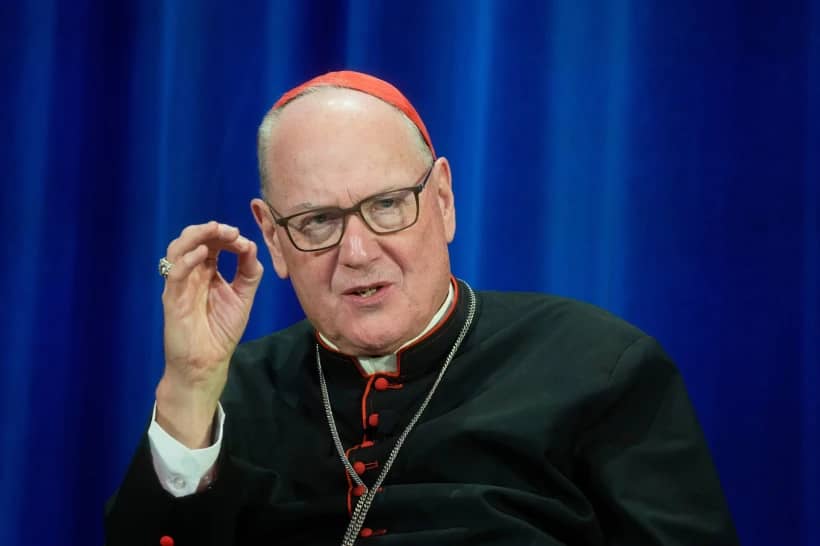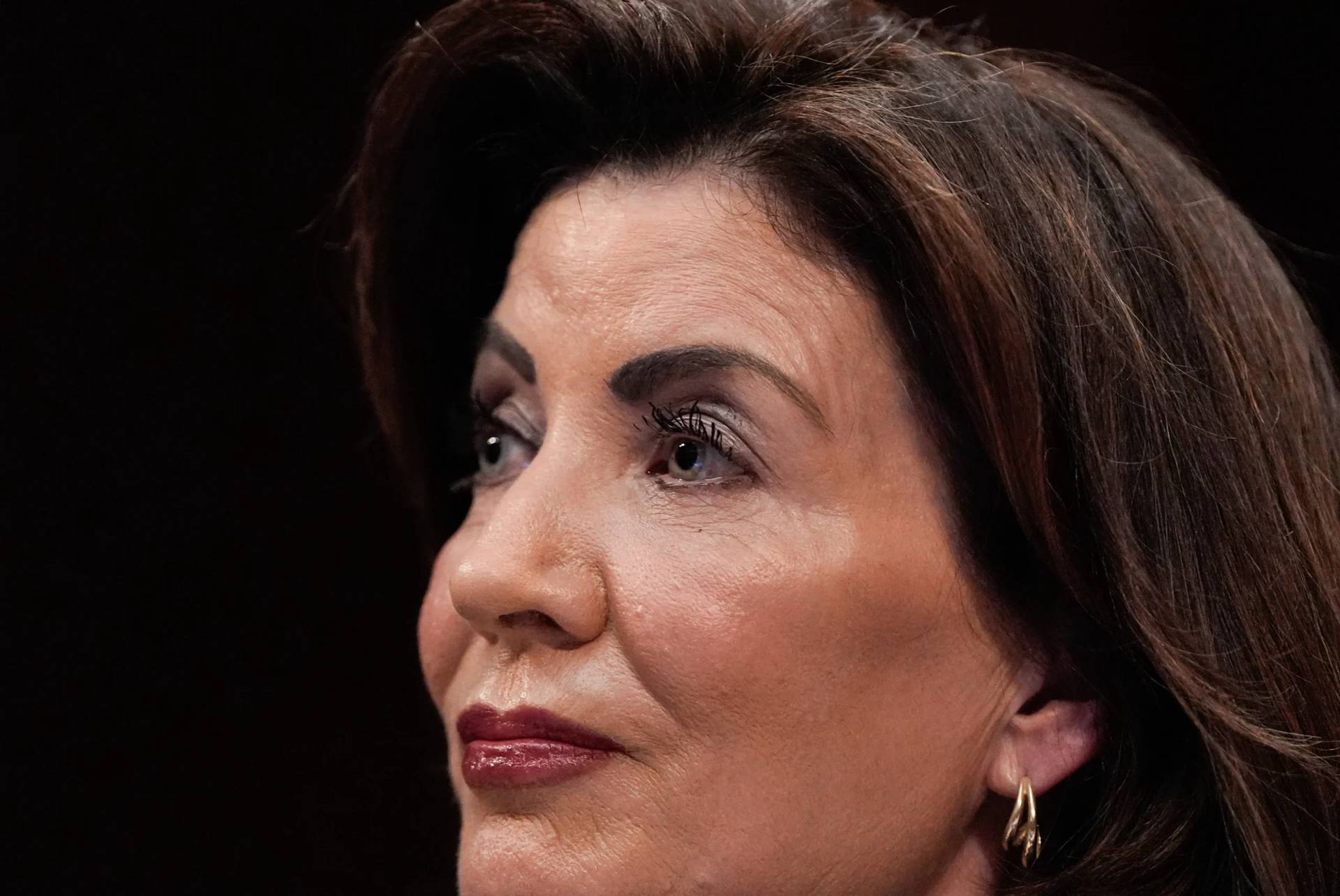ROME – Gushing winds took over the Eternal City this week, accompanying the close of a month-long summit of Catholic bishops on young people. Braving the weather, with habits flapping under heavy gusts, representatives of religious sisters from around the world met Tuesday to discuss the synod’s legacy and challenges.
“This big storm outside,” said French Sister Nathalie Becquart, “says something about the fire and wind of the synod.”
Becquart, a member of the Congregation of Xavières and the first woman to serve as the Director of the National Service for Youth Evangelization and Vocations in France, spoke during a conference titled “Listening to Religious Sisters’ Voice on the #Synod2018,” which took place near the Vatican Oct. 29.
“One of the many things of the experiment of the synod was the strong call to change, to be a church on the move,” she added.
The document born from the month-long gathering of bishops on “Young People, Faith and Vocational Discernment,” while not yet considered part of the magisterium of the Church until Pope Francis gives his approval, seems to hint at a change in paradigm in its handling of not just young people but also the role of women in the Church, the treatment of homosexuals and ecclesiastical power structures.
The sisters pondered how to transmit the words of the document into everyday life, while also assessing whether the winds of change unleashed by the synod may signify the prelude to a storm or a breath of fresh air.
We won’t let the issue of women die
A major bone of contention in terms of the role of women was born from the fact that no female representatives at the synod were allowed to vote.
The Union of Superior Generals (USG), which represents male clergy from around the world, was allowed to bring in ten representatives of their choice to the summit of bishops and have a say during the voting process, even their non-ordained members.
The companion women’s group, the International Union of Superior Generals (UISG), had only three representatives hand-picked by synod organizers, and none were allowed to vote. Considering that 80 percent of consecrated Church personnel are women, that inequality struck a dissonant chord in what was otherwise described as a synod of encounter and dialogue.
“This is like addressing the elephant in the room,” said Sister Sally Mary Hodgdon, Superior General of the Sisters of St. Joseph of Chambéry and Vice-President of UISG.
Hodgdon said that during the first weeks of the synod she was approached to discuss the writing of a proposal for Francis. Though the wording has not been decided, she has a pretty clear idea of what she wishes to say.
“The meaning of the letter we wish to bring is, women religious should have the same number of members at the synod as men. If there is a vote, we be allowed to vote,” she said.
“We will not let this issue just die,” Hodgdon said.
Spanish Sister Maria Luisa Berzosa Gonzalez had her misgivings about attending the synod, but felt compelled to participate since she was called just as the Church is going though a series of scandals that undermine its credibility worldwide.
“I always complain about not having any room in the Church,” she said, “but this time I could not complain, the door was open a little bit.”
Still, she added, given the prevalence of cardinals and bishops at the event she still wondered if this could be a place for a woman.
“I am a baptized and mature woman, so why have I to feel like second rate participant?” she asked herself, but soon after she felt “fully participant.”
The need for further inclusion of women at every level of the Church became a recurring topic not just for young participants and women religious but also could be heard from the lips of cardinals and bishops.
“As women, we felt we were very active in the process,” Becquart said. “We were taken seriously.”
In paragraph 148, the document said the spirit of inclusion in the synod is meant to spill over into the entire Church. It called for a greater “female presence at all levels of ecclesial organisms,” and emphasized the need for more decision-making power for women, defining it as a “duty of justice.”
“This synod is a point of no return for the journey of women,” said Italian Sister Alessandra Smerilli. “But the question is, are we ready?”
Bringing women to the fore, she continued, will require better formation for women religious so they become leaders not just at a cultural and theological level, but also in terms of transparency and accountability.
What does “synodality” mean?
Another controversial topic was the emphasis on synodality in the final document, with some participants wondering where it came from since it had not been much discussed. Religious sisters helped shed light on why this proved to be such an issue for the bishops.
“The key to reading everything that was done at the synod is that of synodality,” Smerilli said, but confusion arose concerning the meaning of the term. It was explained, the Italian nun said, that while collegiality involves the pope’s relationship with the bishops, synodality concerns the entire Church.
“There was a fear that if we spoke about synodality then everyone could have a say on everything and what would remain for the bishops?” Smerilli said.
But speeches during the synod showed that “including everyone does not take anything away from the bishops,” she said, but rather is a continuation of the Second Vatican Council.
“The synodal path involves all of us,” said Gonzalez, proposing that instead of “creating ghettos” for men, women, young, old, clergy and lay people, the Church should offer a big tent where everyone is part of the process.
Korean Sister Mina Kwon underlined that the document was the result of long conversations and reflections, many not taking place in the synod hall but in “corridors, the places where we stayed, the tables for meals and the sofa.”
Francis had said that “a synodal Church is a listening Church,” but throughout the synod, Becquart said, she learned “it can also be a place of encounter,” leading to “discovery of the call to a missionary synodality.”
We cannot abandon them
While the use of the term synodality in the final document caused a minor stir, another cause of controversy was language used to promote accompaniment of LGBTI Catholics (though without using that term).
“This synod did not have ready-made answers,” said Salesian Sister Lucy Muthoni Nderi from Kenya, who works as a psychologist and educator, adding that it’s important to take time to research and study.
“We as a Church cannot discriminate [against] or incriminate anyone who finds themselves in these situations,” she said.
In concrete terms, Gonzalez, who works with homosexual Catholics in Madrid, said the goal should be to put that person in touch with God.
“It’s a really sensitive topic,” the Spanish nun said, but “we cannot abandon people living in in certain conditions,” which she says includes also divorced and remarried couples.
“We must continue the synodal path toward a Church that accepts more widely,” she said, “not to exclude, not to throw away.”
Women religious know that much of the heavy lifting in implementing the synod’s vision will have to be done by them, since they’re often the ones working shoulder to shoulder with those to whom the document is addressed.
“We cannot stop the synod, and we will carry it on,” Nderi said. “This journey has to continue in our Church, and in our own dioceses.”
The same sentiment was echoed by Hodgon, who called sisters to be “the dangerous memory of this synod.”
















